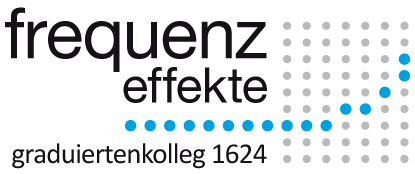Introduction to the Naive Discriminative Learning Package
| Dozent(en) | Fabian Tomaschek |
| Ansprechpartner | Michael Schäfer |
| grk@frequenz.uni-freiburg.de Anmeldung per Email ist erforderlich. | |
| Termin | 13.05.2015 |
| Ort | Belfortstraße 14, EG |
Computational models provide today's linguists with the possibility to formalize his or her theoretical assumptions and draw precise predictions about the speaker's and listener's linguistic behavior. Basing on simply learning algorithms tested repeatedly in animal learning behavior, the Naive Discriminative Learning Package (NDL) represents such a possibility. In the workshop, I will introduce NDL, implemented in the statistical software R. The NDL package enables the user to model the learning process based on single events using the learning model of Rescorla-Wagner (1972) or predicting the final state of learning using the equilibrium equations by Danks (2003). NDL calculates weights and activations between a set of discriminative features (cues) and their outcomes which they activate. Different learning environment can be represented by different combinations between cues and outcomes, thus creating different models of linguistic behavior. NDL can be used to predict response times in lexical decision tasks, neural behavior, phonetic productions, dialectal distances etc. (e.g. Baayen et. al., 2011; Wieling et al., 2014; Augurzky et al., 2014). The workshop will consist of a general introduction session during which the theoretical background on NDL will be presented as well as techniques how to construct event-based dataframes in order to modell cue to outcome learning. Participants are encouraged to prepare own their own data, as the second part of the workshop will be strongly hands-on oriented. We will investigate different possibilities, how to interpret and work with the NDL's output values.
|


